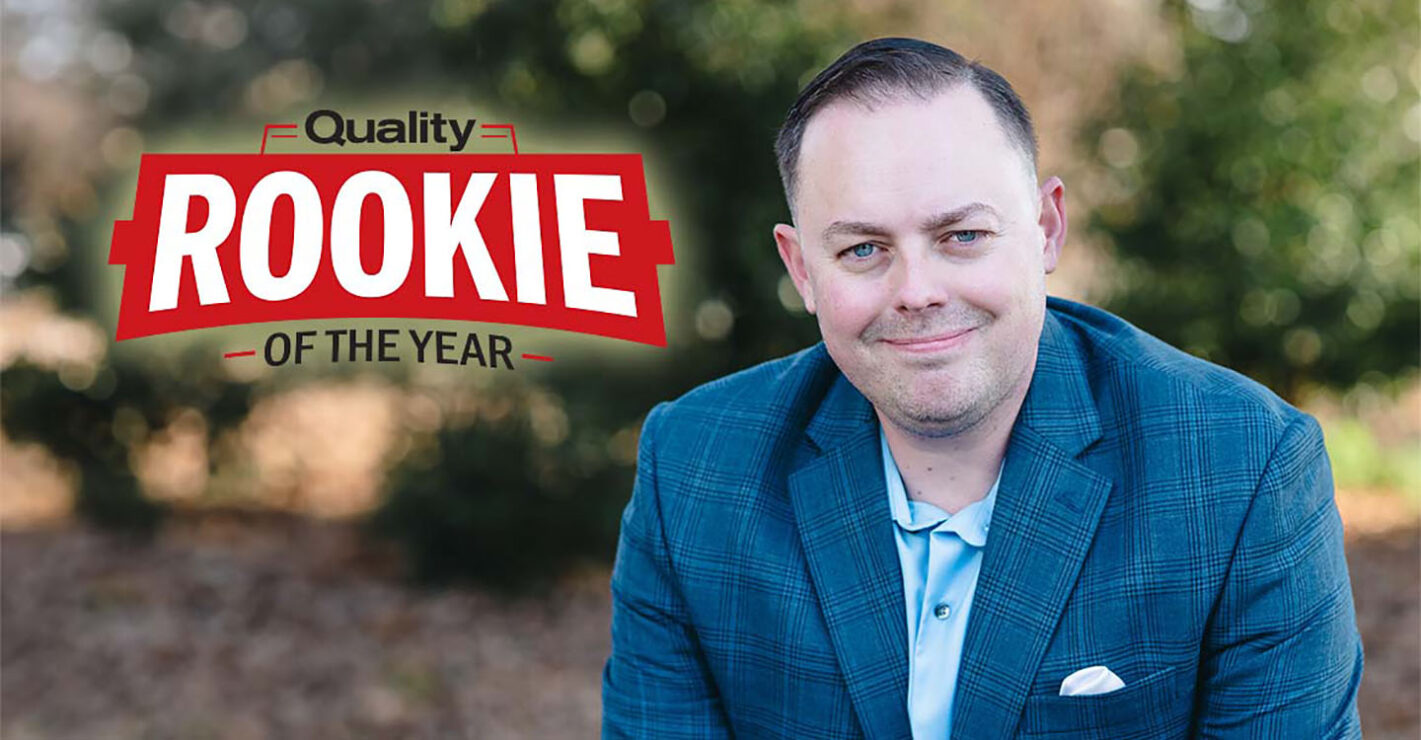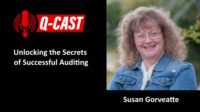Management
Unlocking the Secrets of Successful Management System Auditing
Although it may sound easy to some, preparing for the audit journey may not come naturally to everyone.

Image Source: LaylaBird / E+ / Getty Images Plus
Auditing is a journey. Like all successful journeys, some special preparations may be required like a positive attitude, good planning, seamless execution, and a solid end goal in mind. This is the same when auditing, the auditor or audit team embarks on a journey that requires a collection of personal skills and specialized auditor characteristics to ensure a positive outcome - the achievement of the audit objective. By the end of the audit journey, the true value of an audit can be appreciated through value-added findings that save time and money within the management system. Ultimately, that is what each auditor should do, bring value to the organization through the effective review of the efficiency and suitability of the management system. Although it may sound easy to some, preparing for the audit journey may not come naturally to everyone, but unlocking a few secrets to successful auditing may make all the difference.
SECRET: “There is a Standard for that”
ISO 19011:2018 Guidelines for Auditing Management Systems identifies audit best practices, including the Principles of Auditing[1]. These principles are included in Figure 1, [2] and auditing is characterized by a reliance on these principles. These principles are critical in supporting the audit process as they offer insight as to how to execute the audit journey. From professionalism and integrity to risk-based thinking, these principles ensure that audit conclusions are fair, representative, and based on verifiable evidence.
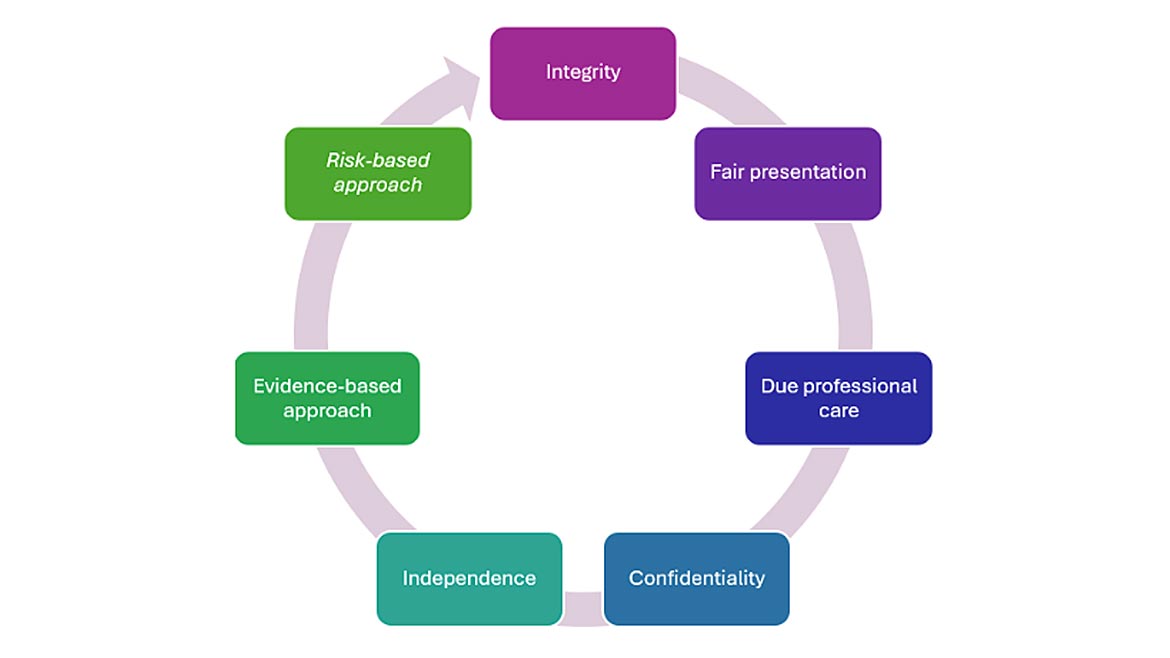
SECRET: “Every Auditor is a superhero”
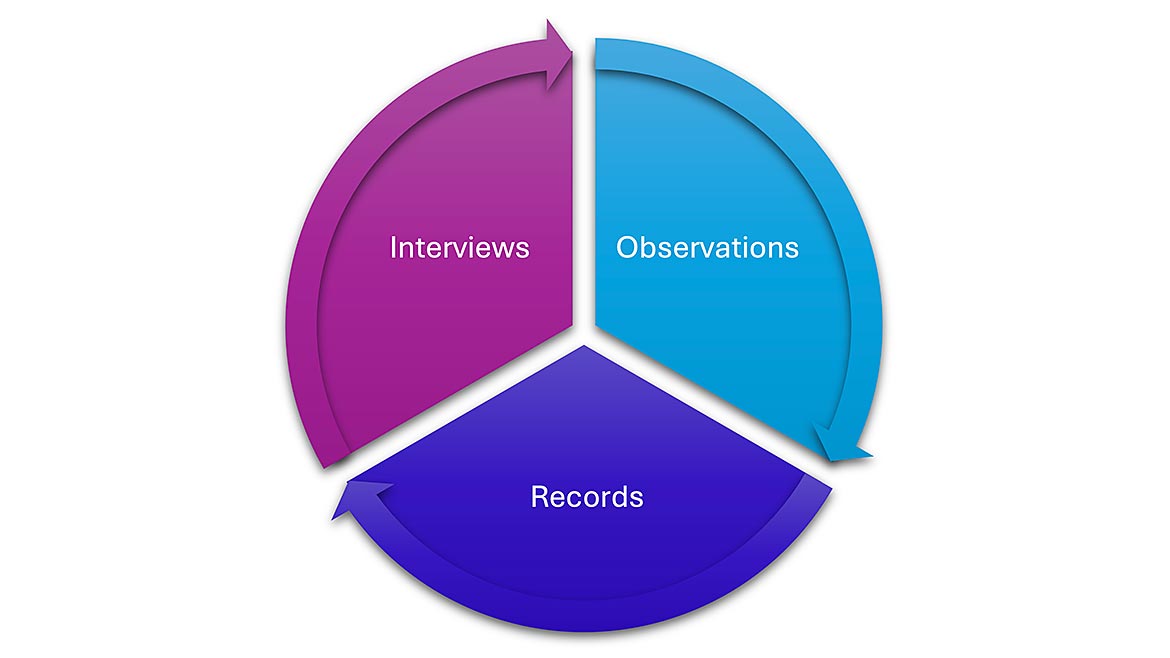
Every auditor has three audit superpowers - these are the ways that auditors can gather audit evidence. Each auditor has the power of interview, the power of observation, and the power of records review (see Figure 2). The best audits are when an auditor can use all three superpowers, to ask questions, observe activities as they happen, and review records, forms, etc. Granted, there may be situations when auditors are not able to use all three superpowers. For example, in a remote audit, the power of observation might be limited given that the auditor is not on site to witness the activities in full view. Although remote audits may inhibit the audit evidence that can be collected, the auditor should compensate by using their powers of interview and records review to collect relevant, alternative audit evidence.
SECRET: “Audit training can make you a trained Auditor, but only you can make yourself a successful Auditor”
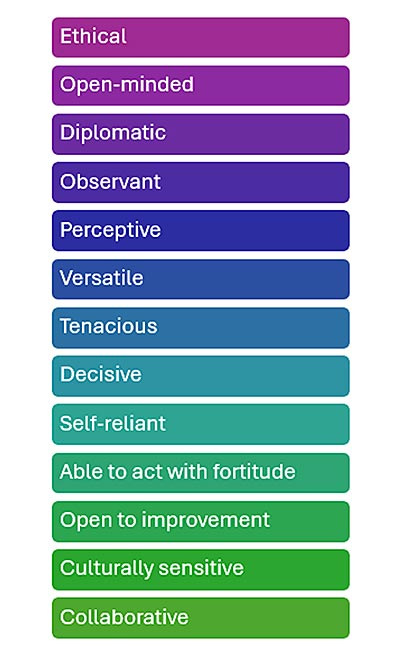
It is important to understand what it takes to be a successful auditor and not just a trained auditor, and yes, those are different. Auditors should have training on the basics of auditing and, of course, a class can teach that. Auditors should also have a working knowledge or experience in the field or company they are auditing. These things make sense, they assist the auditor to assess the evidence and make knowledgeable decisions.
Learning how to practice positive engagement and communication skills before and during the audit is critical to making the audit the very best that it can be for you and the auditee organization. While taking an audit training class is important, it will not guarantee a successful audit outcome. Being an auditor is more than being “book-smart”. Being an auditor requires patience, care, empathy, diligence, tenacity, and even fortitude. Albert Einstein is often quoted as saying, “What is right is not always popular and what is popular is not always right.” This is also true in auditing. In fact, ISO 19011:2018 also provides a list of attributes of successful auditors (Figure 3) [3]
This list is by no means complete, although it is a great starting point for what to pack in your audit toolkit prior to embarking on your audit journey. No clipboards and red pens are needed, just the very best auditor attributes.
SECRET: “Auditors don’t think, auditors don’t feel, auditors compare”
Although this one may be controversial, although it may make sense considering the role of an auditor - auditors collect audit evidence (condition found) and compare it to audit criteria (condition expected) to criteria to generate findings. There is no room for personal critique or consulting and the words “I think” and “I feel” have no place in an audit. Using an evidence-based approach, the auditor collects and compares to reach audit findings. Audit findings (the result of the comparison) can be positive or negative. When the condition found doesn’t match the condition expected a negative audit finding may be cited, and a negative audit finding may require further follow-up. One additional note to consider, it’s important to remember to share good news and leave positive audit findings (not just the negative ones) when presenting the audit conclusions.
SECRET: “Good audits begin with great introductions”
Effective communication is critical during an audit. Networking and being an effective communicator are necessary for a successful audit but don’t often come naturally. Knowing how to deepen and strengthen your own connections and build collaboration is important. Take the time to build a solid rapport when approaching people for an audit. Get to know the interviewee. Learning and teaching names is important to effectively engage in conversations comfortably and therefore be able to able to ask good questions and make the audit value more visible. Knowing something about the interviewee and letting them know that you are just a regular person like them is a nice way to start the audit and often sparks a fun conversation. Managing communication through a strong introduction, good questions, and active listening ensures the audit is efficient and the evidence collected is captured appropriately. If you can make the audit conversational, you are already on your way to success.
SECRET: “Communication is more than words”
More than words can say, body language and tone can impact effective communication (Figure 4). Consider the tone of the questions being asked and the body language being displayed while asking. Being interested could be demonstrated by an upright posture, eye contact, active listening, nodding of the head. If that is true then the opposite is also true, looking away or appearing distracted could send a message that the auditor is not interested in the interviewee’s response. Nervousness could be communicated by fidgeting, aggression by crossed arms, and so on. A loud tone could signify impatience or agitation, a slow drawn out one could indicate boredom and more. While most negative body language and tone can be unintentional, it nevertheless impacts the audit journey. Always try and send positive messages through positive body language and engaging tone.
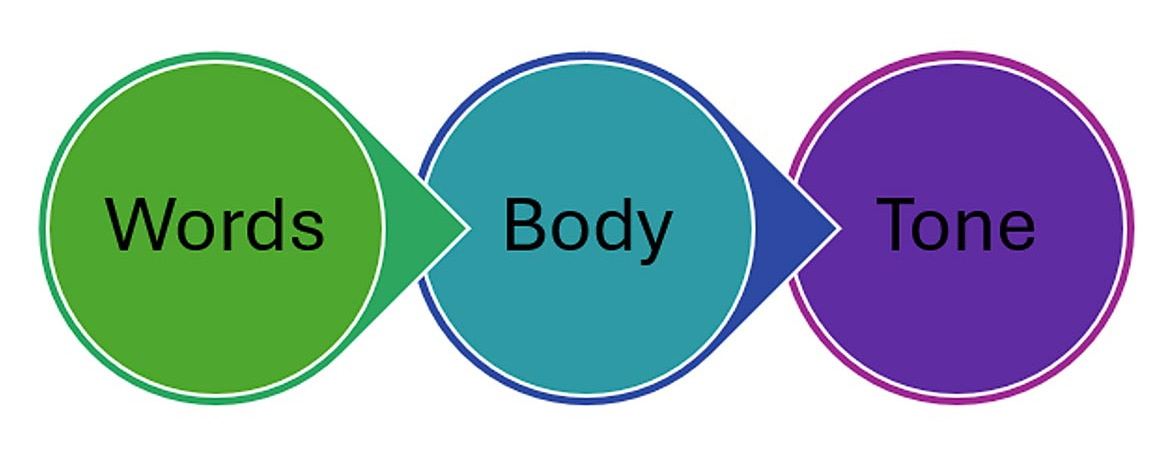
Finally,
SECRET: “Be the auditor you want to be audited by, and your audit will be a success”
Learning how to be a successful auditor takes time, practice, and preparation. Before starting your audit journey, remember the to follow principles of auditing, use your audit superpowers to gather audit evidence, pack your positive auditor attributes, evaluate audit evidence without opinion, make the audit a conversation not an inquisition, and practice positive nonverbal messaging.
There are many ways that you can gather information and compare audit evidence. As with any new skill, auditing takes practice. Understanding ISO 19011:2018 and unlocking the secrets to prepare for the journey will get the audit off to a great start and ensure the successful attainment of the audit objective.
Looking for a reprint of this article?
From high-res PDFs to custom plaques, order your copy today!

